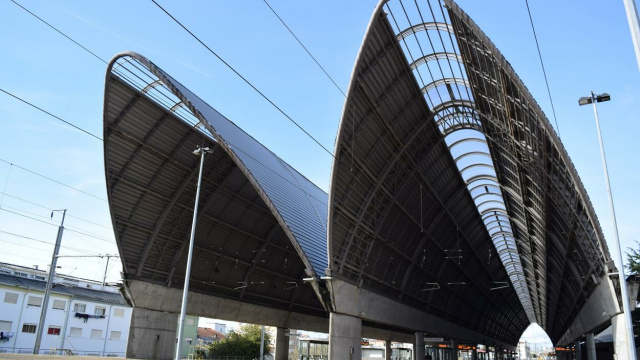Douro Valley Trip from Porto by Train

Ermesinde
Our train now takes us to Ermesinde. Once a major railway hub, this city has grown beyond its station, with parks and modern architecture sharing space with historical structures. The city's culture has been shaped by this mix of influences, and it stands as a testament to Portugal's ability to blend the old and the new.
Ermesinde's history is intertwined with the growth of the railway. A strategic location for trade and commerce, its significance magnified when the railways connected it to the rest of Portugal. Did you know that the Church of Santa Rita, dating back to the 18th century, stands as a testament to the town's rich religious history? Moreover, legend has it that the name "Ermesinde" traces back to a noble woman, whose tragic love story still echoes in the local folktales. While here, if you get a chance, stroll to the local parks like Parque Urbano de Ermesinde, a green lung of the city."
In 1837, Ermesinde was officially recognized as a parish. It was around this period that the railway began to impact the town's growth significantly. One cannot discuss Ermesinde without mentioning Manuel Alves da Silva, an influential figure in the early 20th century who contributed to the development of local institutions, ensuring the town's progress.




















